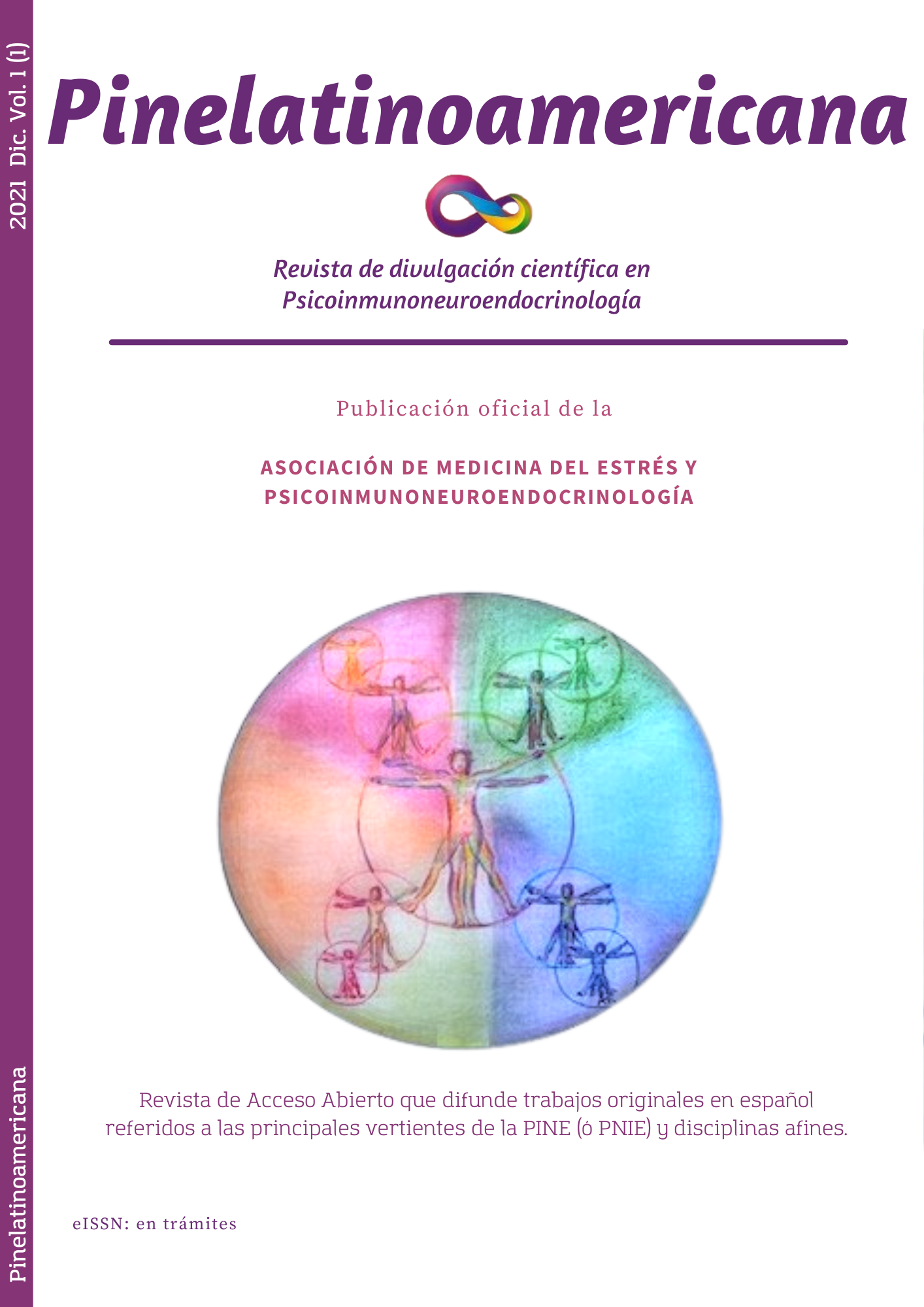Abstract
Within the frame of ontogeny of each individual related to the hazardous phylogeny of the human species, the successive developments and the main functions of the so-called primitive, middle and superior brains are mentioned in this article. These brain formations reach their maximum development in homo sapiens, emphasizing that the limbic system and more precisely the amygdales, conforms a fast but imprecise system of reception, analysis and response that reacts rather indiscriminately, based on very shocking emotional memories. These reactions, however, have made human survival possible, but when feelings and emotions are not properly modulated by the upper brain (neocortex) they can cause impulsive and inappropriate behaviors. It is necessary to learn to control them, otherwise the behaviors will be mainly dictated by feelings and emotional perceptions and not mainly by thoughts, reason and reflection. Thus, the "common sense", a complex synthesis of reasoning, own and others experiences, affections and emotions that guides the most appropriate behavior in each situation, arises from a correct and modeled balance between emotional brain and rational brain throughout life. Is in this unbalance, especially if prolonged, that lie a large part of the problems that make it difficult to adapt to adverse circumstances, giving rise to the various disorders and diseases caused, or exacerbated, by prolonged stress.
References
Aballay, A., Drenkard, E., Hilbun, L.R., y Ausubel, F.M. (2003). Caenorhabditis elegans innate immune response triggered by Salmonella enterica requires intact LPS and is mediated by a MAPK signaling pathway. Current biology: CB, 13(1), 47–52. https://doi.org/10.1016/s0960-9822(02)01396-9.
Baldwin, D.V. (2013). Primitive mechanisms of trauma response: an evolutionary perspective on trauma-related disorders. Neuroscience and biobehavioral reviews, 37(8), 1549–1566. https://doi.org/10.1016/j.neubiorev.2013.06.004.
Damasio, A. (2010). El cerebro creó al hombre. Editorial Planeta.
Gilbert, S.F. (2005). Biología del desarrollo. 7a. Ed. Buenos Aires: Editorial Médica Panamericana.
Le Doux, J.E. y Hofmann S.G. (2018). The subjective experience of emotion: a fearful view. Current Opinion in Behavioral Sciences 19:67–72. http://dx.doi.org/10.1016/j.cobeha.2017.09.011.
Mora, R. (2013). Antonio Damasio, Self comes to mind: constructing the conscious brain. Atenea (Concepción): revista de ciencias, artes y letras (507): 219-221. http://dx.doi.org/10.4067/S0718-04622013000100017.
Rettew, D.C. y McKee, L. (2005). Temperament and its role in developmental psychopathology. Harvard review of psychiatry, 13(1), 14–27. https://doi.org/10.1080/10673220590923146n.
Styer, K.L., Singh, V., Macosko, E., Steele, S.E., Bargmann, C.I. y Aballay, A. (2008). Innate immunity in Caenorhabditis elegans is regulated by neurons expressing NPR-1/GPCR. Science (New York, N.Y.), 322(5900), 460–464. https://doi.org/10.1126/science.1163673

This work is licensed under a Creative Commons Attribution-NonCommercial 4.0 International License.
Copyright (c) 2021 Pinelatinoamericana

